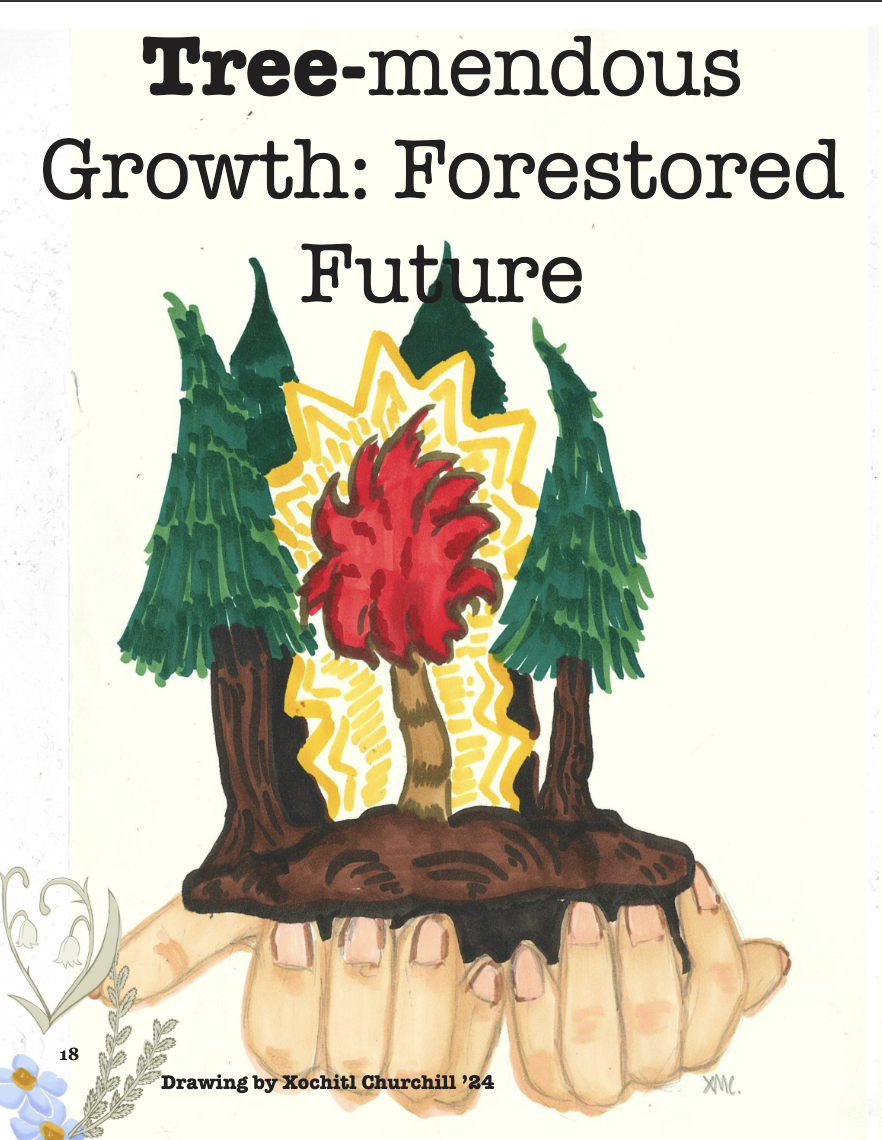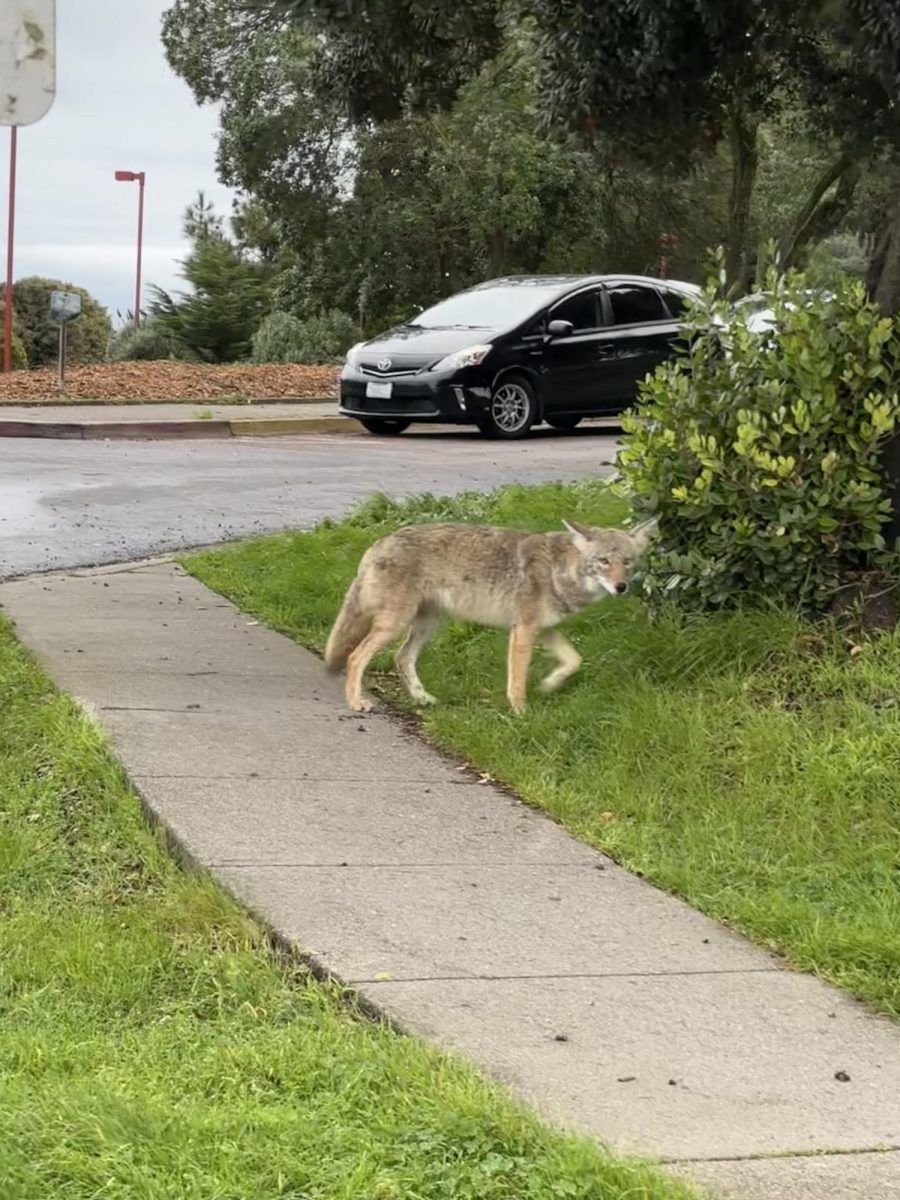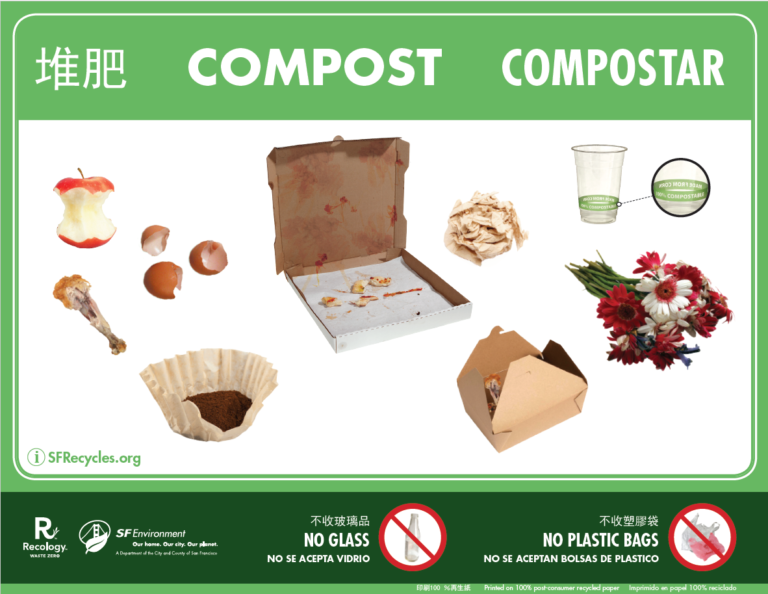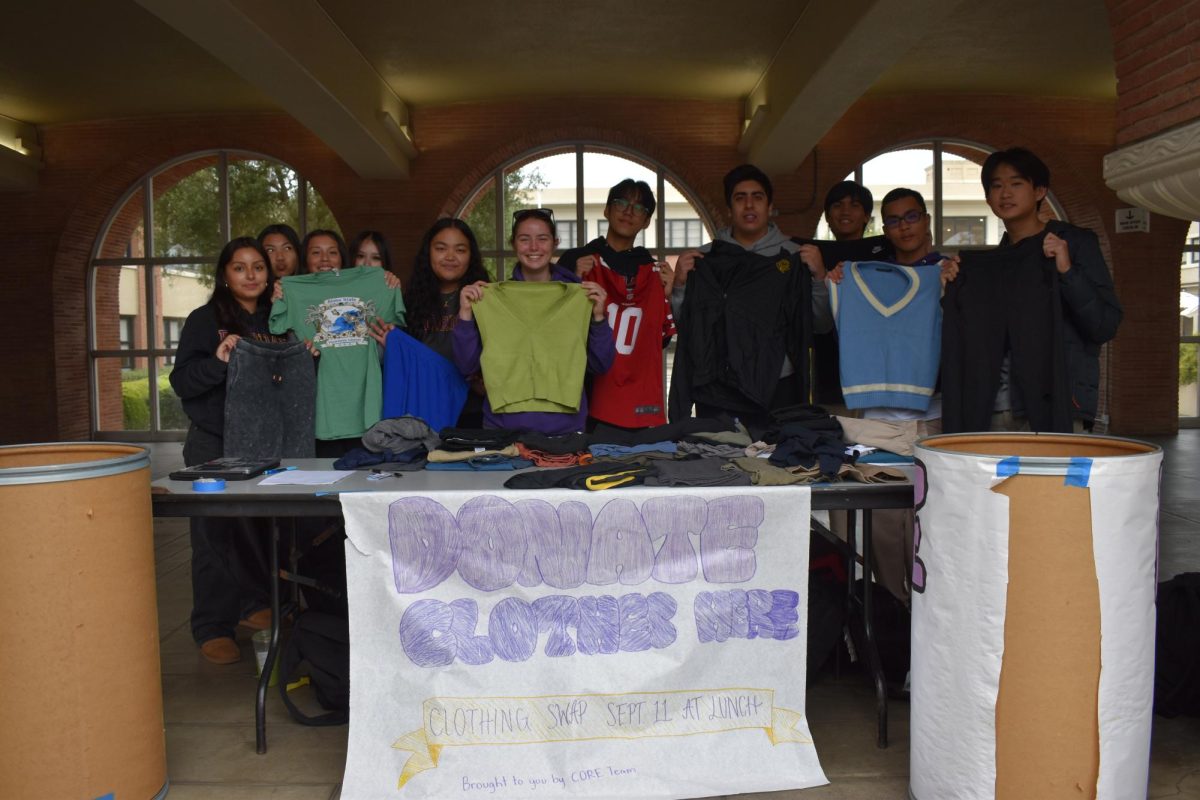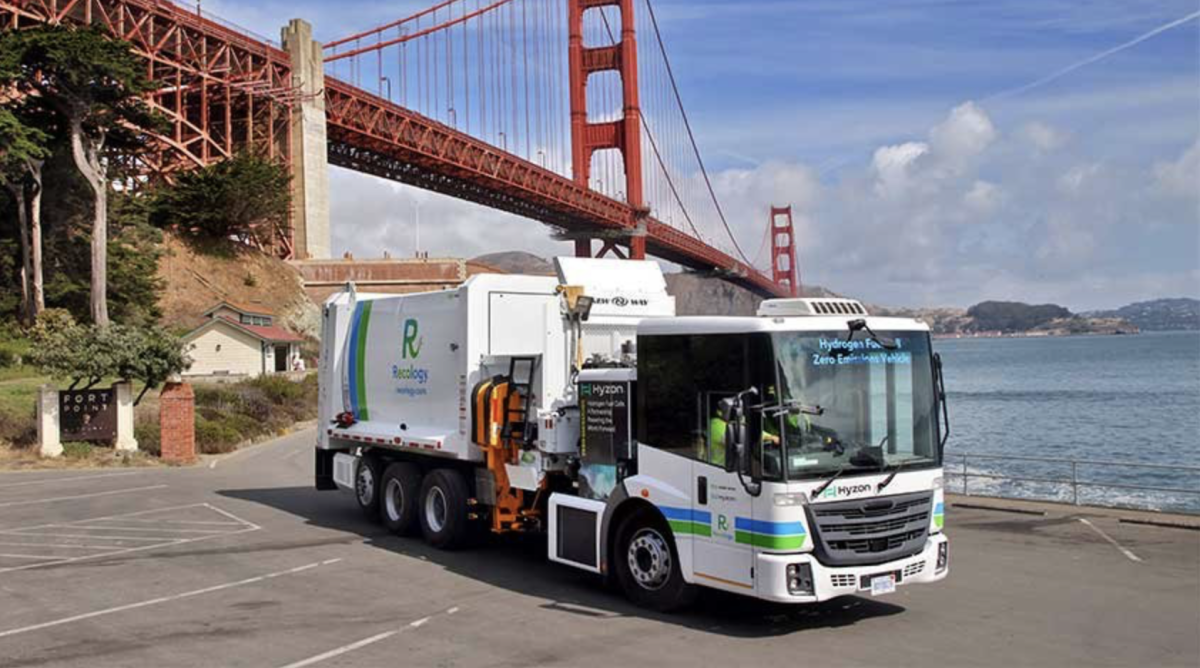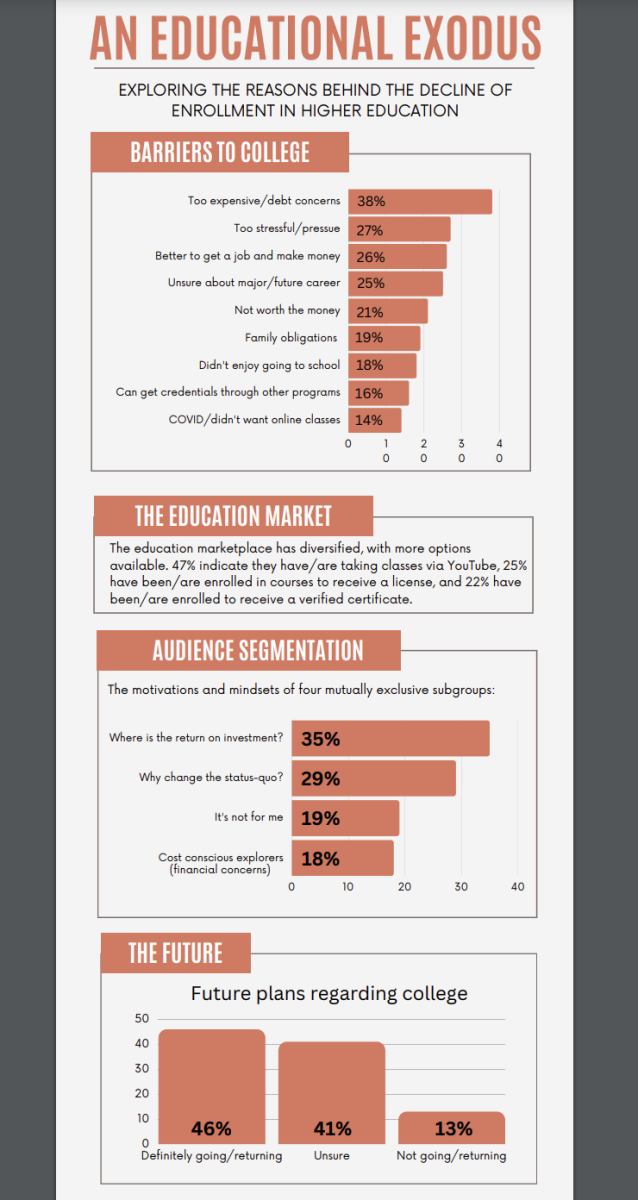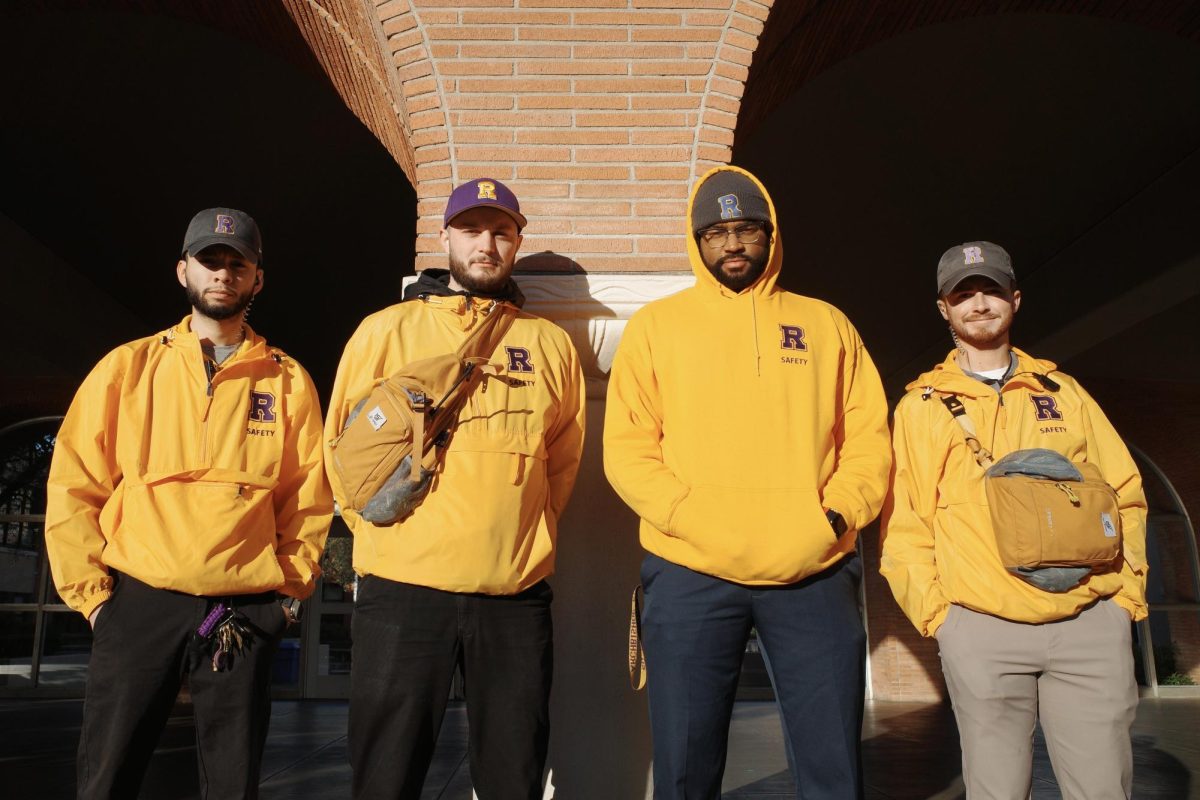With approximately 1.5 billion acres needing to be replanted in the wake of recent wildfires, the United States Forest Service Region 5, California Department of Forestry and Fire Protection, and the American Forests organization, have banded together to form the Reforestation Pipeline Partnership.
The goal of this partnership is to rebuild California’s damaged forest ecosystems through cooperation and combining of workforces. Over the past few years, the state’s forests have been destroyed by wildfire after wildfire. These fires have not only hurt California’s natural resources, but its people as well. Amongst the countless families forced to evacuate or relocate because of wildfires is Riordan student Julian Serrano ’24.
“It was I think a Tuesday,” he says, “when we first heard about the fire… firefighter agencies from all around the state were tryna take down the fire before it burned down Redding… but when the night ended it was even less contained.” That was when he and his family decided to evacuate.
While getting supplies for the evacuation from the store, Serrano looked up to see an apocalyptic view of what was once a bright blue sky. “There was ash falling from the sky, it was pretty wicked, and we could barely see anything from the smoke; it was so bad they were giving out masks at city hall,” said Serrano.“I think that they [the forest service] did the best they could given the scenario with the climate….it’s just going to get worse and worse.”
According to CAL FIRE statistics, throughout the past 5 years, over 400 wildfires have burned through the state, destroying entire forests, and leaving others severely damaged. The destruction has ranged from Mount Shasta, to Yosemite, to Big Sur, all old growth forests that cannot be replaced in a human lifetime.
In the light of such disasters, the pressure has fallen on the California Department of Forestry to not only contain and minimize the damage, but lead the way in rebuilding.
So far, the first initiative of this collaboration has been to address the deficit in workforce numbers and promote more cooperation across forest boundaries. This has been done with the creation of two programs: the Reforestation Pipeline Cooperative, which has increased cooperation for stakeholders to strategize the reforestation pipeline, and California Cone Corps., which has been formed as a new workforce program to do the hard work of sprouting and planting new trees into our forests.
The program is focused on planting mostly conifer trees, as they are quick to grow. According to the California Department of Forestry and Fire Protection in a news release, “The objective of the yearly Cone Crop Survey is to identify potential conifer cone crops in California that can produce viable seeds for reforestation projects such as post-fire restoration and other reforestation demands throughout California…This year, it is estimated that the Seed Bank would need to collect 76,304 bushels for the entire state to meet reforestation needs.”
Michael O’Brien, AP Environmental Science Teacher, said, “I think we need to be cautious about replanting or trying to reestablish something that was there in the past, because the natural order of things has ecosystems and biomes changing after catastrophic events.”
He recalls driving along the Clearlake area, which had been ravaged by wildfires a few years ago, and noticing something exciting. “Seeing those ecosystems and driving up there quite a bit, I’m seeing a lot of what they call secondary succession… It’s healthy and it’s good. There are trees that have been burned that have new foliage, and there are ecosystems and habitats coming back. ”
The term Secondary Succession is defined as the evolution and regrowth of a biological community, after a disturbance, such as a forest fire, sets it back to just the soil and surviving nutrients. It has been noticed across the wild areas of California, up to a few months after a wildfire, where grasses and small shrubs are starting to grow again.
Organizations like American Forests are working to assist nature in this succession, by dropping more varieties of seeds where population bottlenecks have been observed and aiding the naturally occurring evolution; rather than trying to control it.
As climate change worsens, the need to save trees will only become more urgent. Partnerships such as the Reforestation Pipeline are essential to this cause, and Californians remain hopeful that through supporting them, we can take the necessary actions to save our planet.

